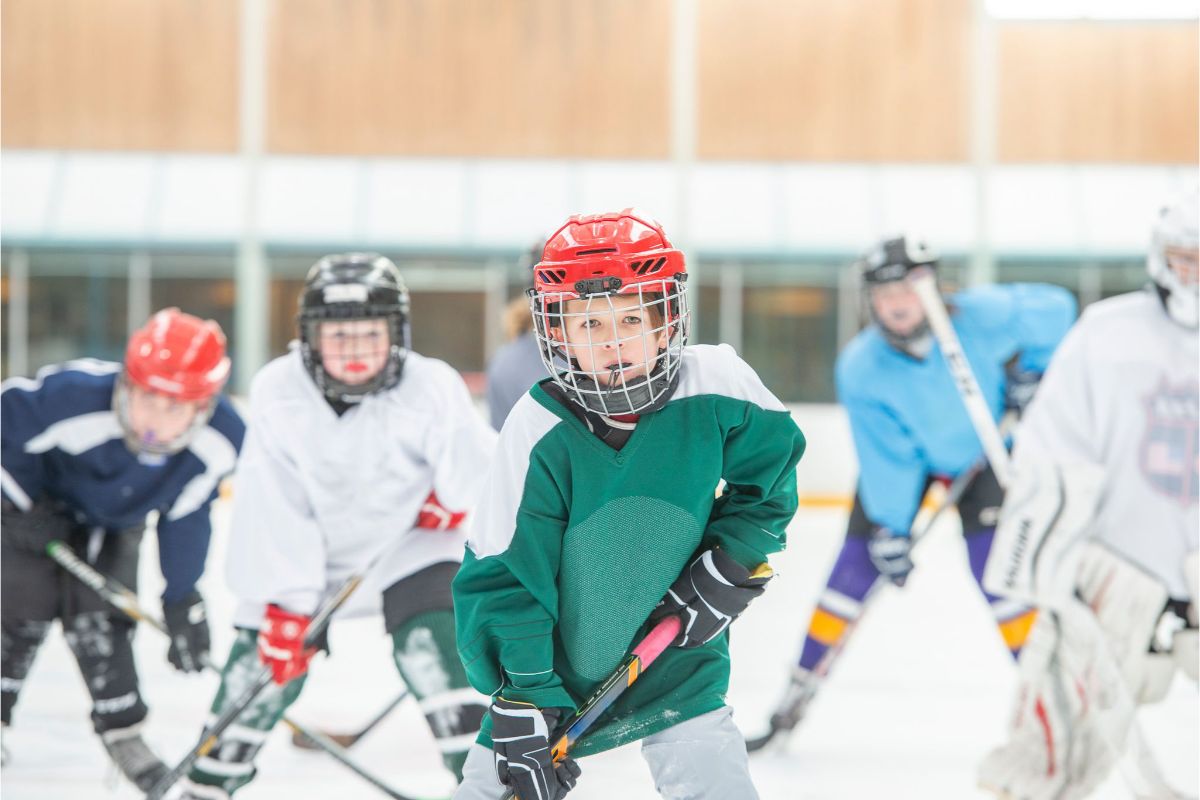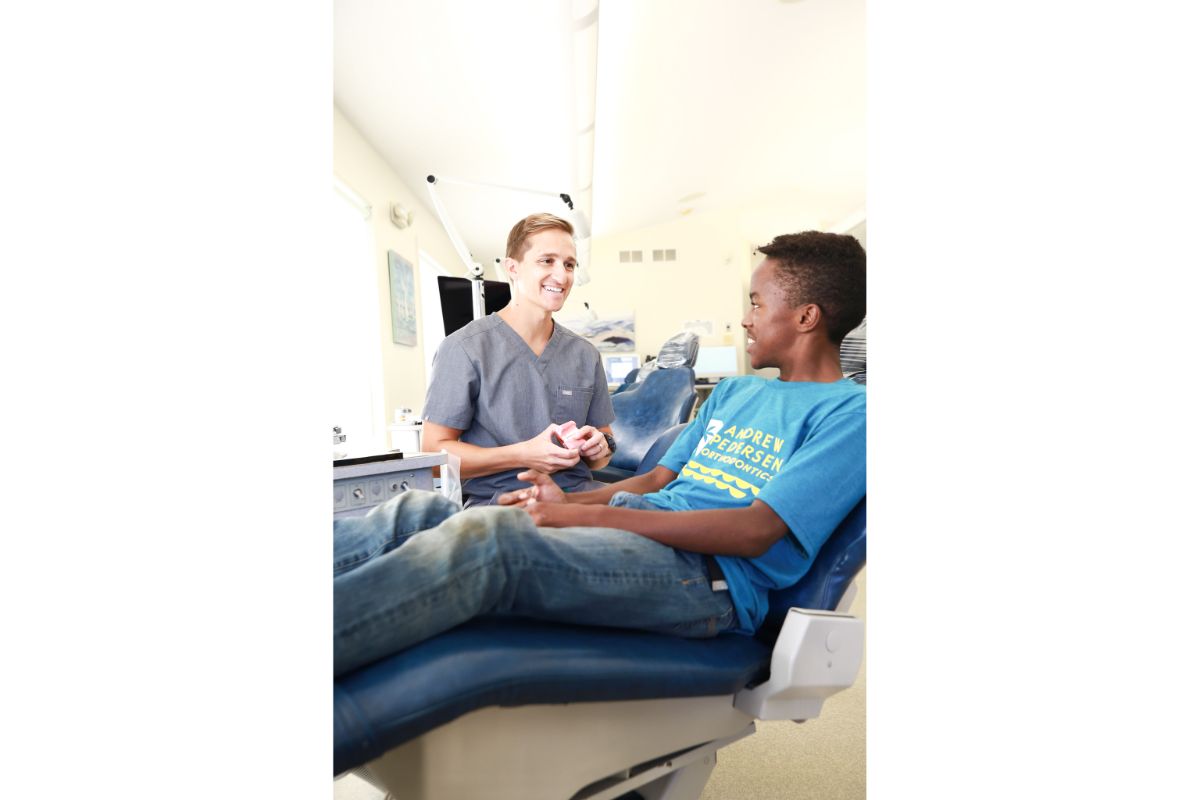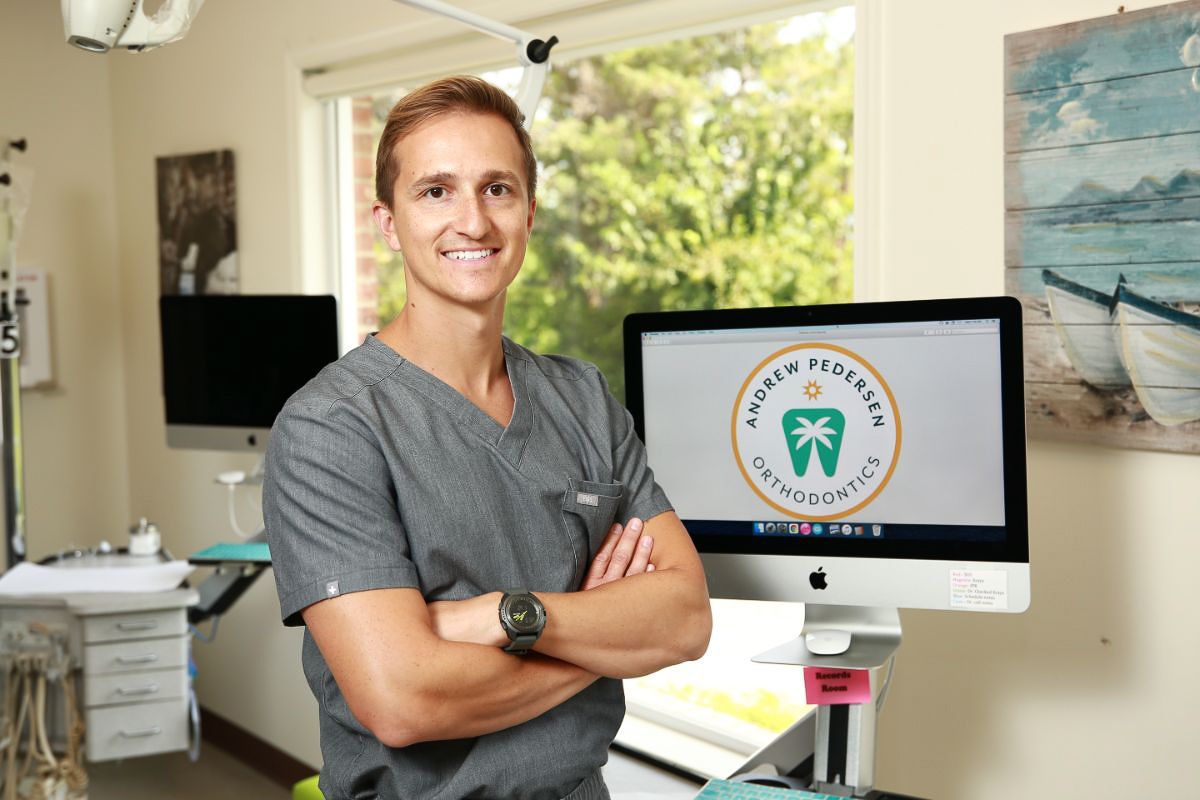Deciding to get orthodontic treatment should be exciting, but if you’re an athlete, you may be worried that braces will affect your ability to play your favorite sport. The great news is that with proper care, you can stay on the field and straighten your smile without a problem. All you need to do is learn how to stay safe and what to do in an emergency.
When you’re on the Andrew Pedersen Orthodontics team, you’re already on the right track to preventing orthodontic emergencies. Keep reading to learn more about how you can stay safe!
Sports Safety For Athletes With Braces
Whether you’re playing football, volleyball, gymnastics, or cheerleading, wearing a mouthguard is absolutely necessary. Dr. Pedersen recommends using a mouthguard during sports even if you don’t have braces, but it is essential when undergoing orthodontic treatment.
Not wearing a mouthguard means you risk harming yourself and your braces, which could be painful and expensive. The best way to ensure you can play your favorite sport and straighten your smile is to wear that mouthguard!
Regular Sports Mouthguard
This mouthguard is designed for general sports use and can easily be found at any sporting goods store. Convenient and affordable, sports mouthguards protect your teeth, lips, and jaw from any blunt force that may occur while engaging in physical activity.
While they are an excellent option for athletes without braces to consider, these may not be the best choice for athletes undergoing orthodontic treatment. That’s because they are not designed with braces in mind and may not even cover your teeth completely, meaning the risk of injury is still pretty high.
Over-the-Counter Mouthguard
You can find these mouthguards at your local pharmacy. Because they are moldable, they offer a fit specific to your mouth. They are also an affordable and convenient option.
While they are far more protective than regular sports mouthguards, the over-the-counter option is not designed for use with orthodontics. Because they are meant to prevent individuals from grinding their teeth in their sleep rather than prevent injury, you may still experience a loose fit over your braces.
Orthodontic Mouthguard
By far the best option for preventing injury and protecting your braces while participating in athletics, the sole purpose of orthodontic mouthguards is to ensure your braces are safe on the field or in the gym. Dr. Pedersen designs them to fit your braces precisely, giving you the best fit possible. Orthodontic mouthguards may be a little more expensive, but they are durable, long-lasting, and practical, meaning you should have no worries about after-school practice.
Remember, having any mouthguard is better than not having one at all – but make sure you consider your options carefully so that you can keep yourself safe no matter the sport you’re playing.
Oral Injuries
Whether you have braces or not, participation in sports comes with risks. When you add braces to the mix, you might end up with an oral injury. Mouth sores are especially uncomfortable because even minor cuts and scrapes along cheeks, gumline, and tongue can be painful.
Sports injuries can break your brackets and wires, dig into the sides of your mouth, and cause bleeding. Worse injuries can result in shifting teeth that might require treatment from an oral surgeon. Fortunately, because there are so many blood vessels in your mouth, oral injuries typically heal faster than many other bodily injuries.
Orthodontic Emergencies
Oral injuries are unique; your mouth contains many blood vessels, which can cause a lot of bleeding. This is normal, but it can feel pretty alarming to a parent of an upset child or teen. However, the best thing you can do in an emergency is to stay calm and assess the situation with clarity.
Damage to Soft Tissue
If your child or teen has soft tissue damage, it’s usually because their brackets got caught up in the soft parts of their mouths, like their lips or cheeks. Although there may be a lot of bleeding that makes this type of injury look worse than it is, soft tissue injuries are the mildest orthodontic emergencies — and the most common.
Assess the situation by gently pulling the brackets from the lips or cheek. Most soft tissue injuries heal independently, but if the cut is big enough that the edges don’t meet, you may need to take your child to the emergency room or see an oral surgeon.
Shifted, Broken, or Lost Teeth
Sometimes, sports injuries can cause your child’s teeth to shift along with their braces. While this may seem alarming, don’t panic. Acting quickly and calmly is the best way to save the tooth.
If one or more of your child’s teeth shift or fall out due to a sports-related injury, take them to the emergency room immediately. Then contact our office in York so we can coordinate a way to fix your child’s orthodontic appliance.
Join the Andrew Pedersen Orthodontics Team!
Andrew Pedersen Orthodontics is the place to go if you’re wondering whether braces are right for you and your lifestyle. With years of experience, we know how to help you take care of your smile without disrupting your routine, so you can keep living your life how you want. Schedule your free consultation at our office in York today!



